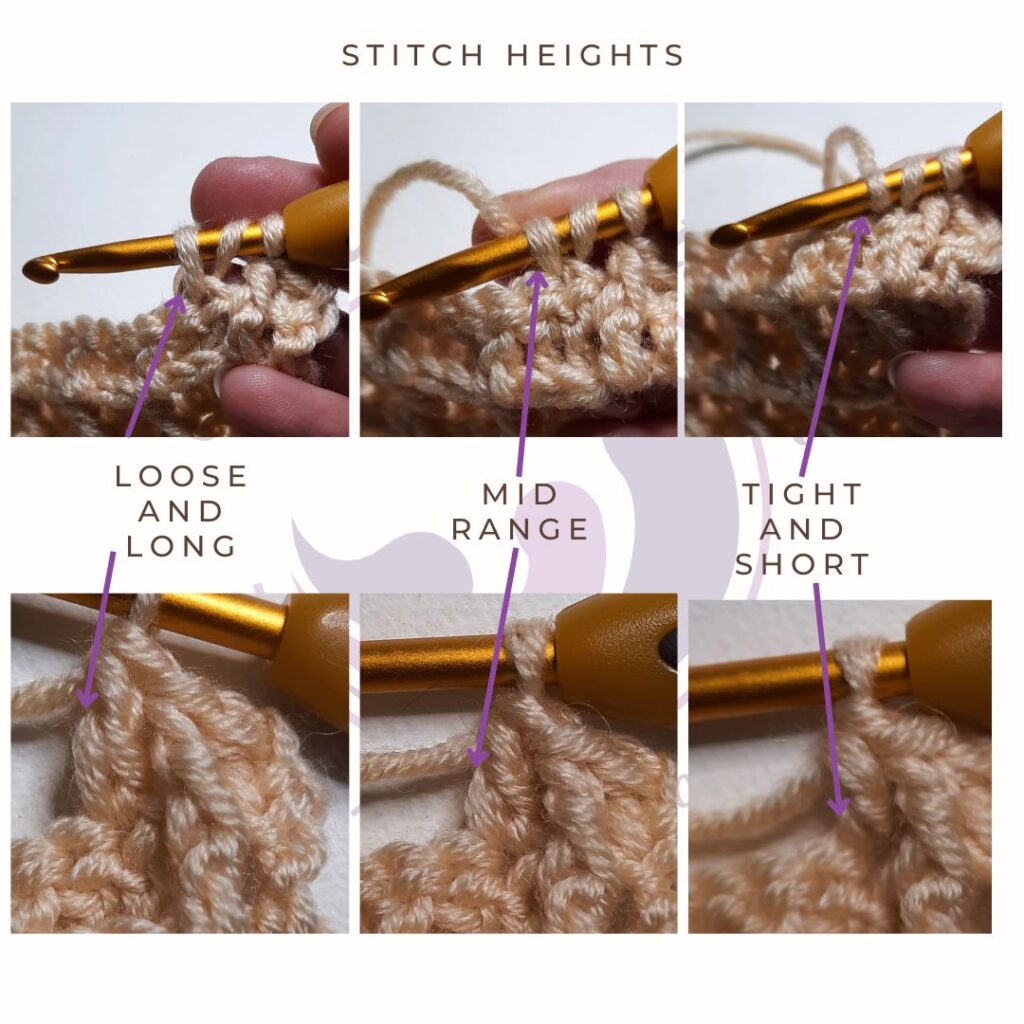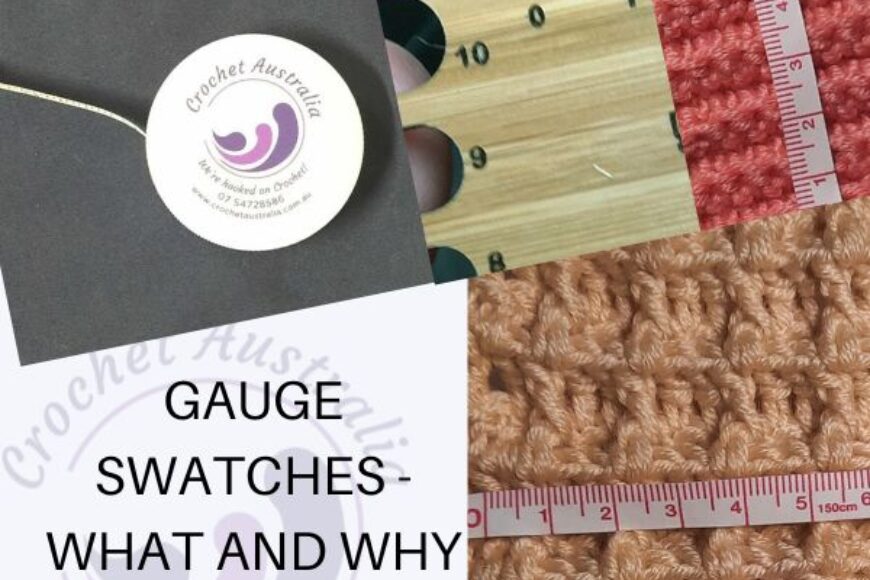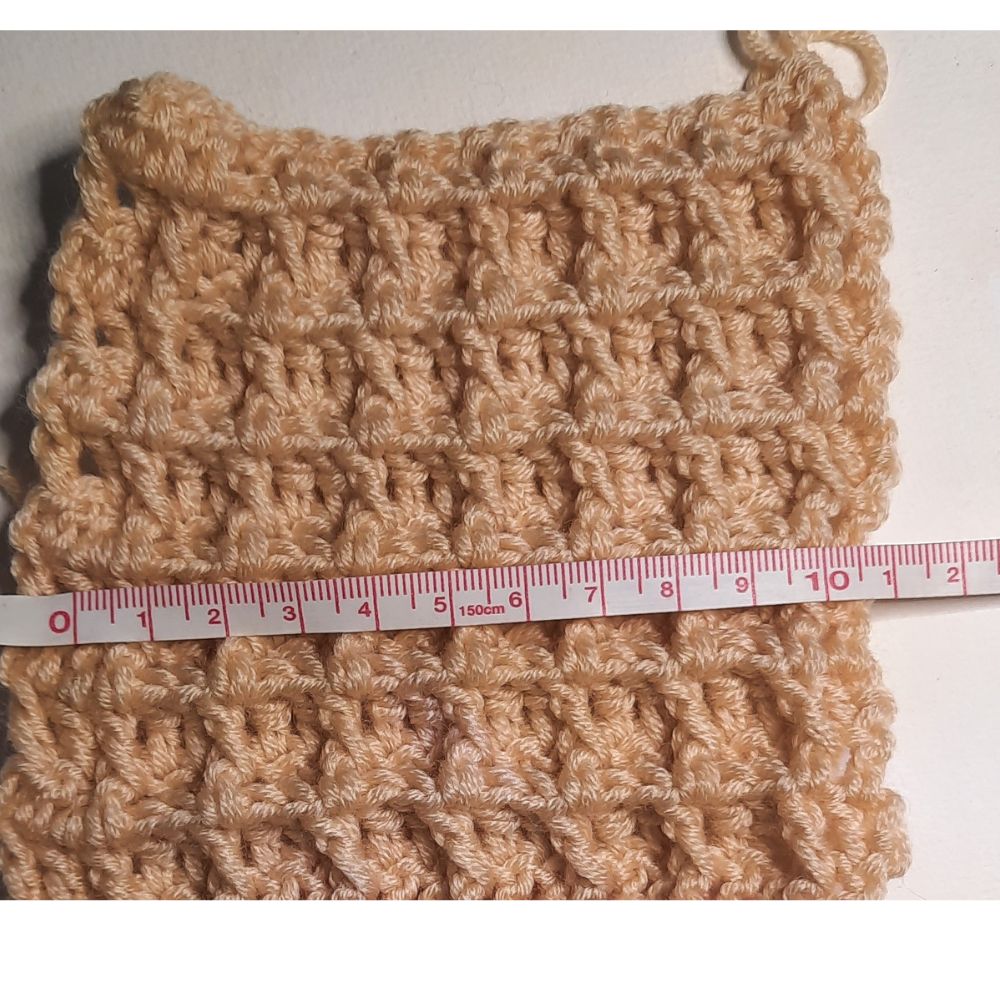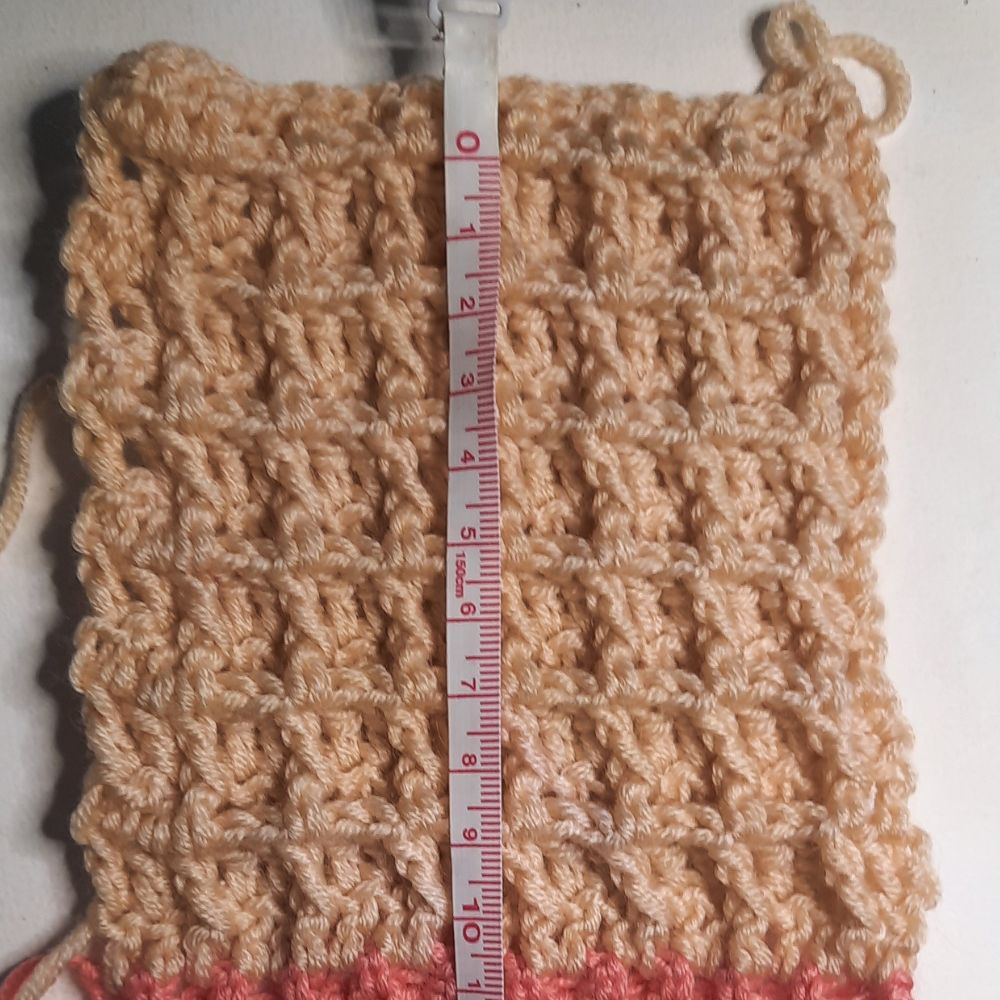Gauge Swatches – What and Why?
I’m sure you have all heard the term gauge swatch or tension swatch and read this in a pattern – but how many of you actually do it and use your gauge swatch to maximum benefit?
Firstly – What is a Gauge Swatch?
You may have noticed that when you crochet something, it often looks looser or tighter than somebody elses – meaning that what you make will either be bigger or smaller than somebody elses project or you may use more or less yarn. So when you are following somebody elses pattern, the gauge swatch will help you understand how you can get the same measurements as them by using the gauge swatch to adjust your hook size, yarn selection, the way you crochet or the size you follow in the pattern. This is particularly so when you are making garments, so you can ensure they fit, but it is equally important when making other items to ensure you have sufficient yarn.
A gauge swatch is also often called a tension swatch.
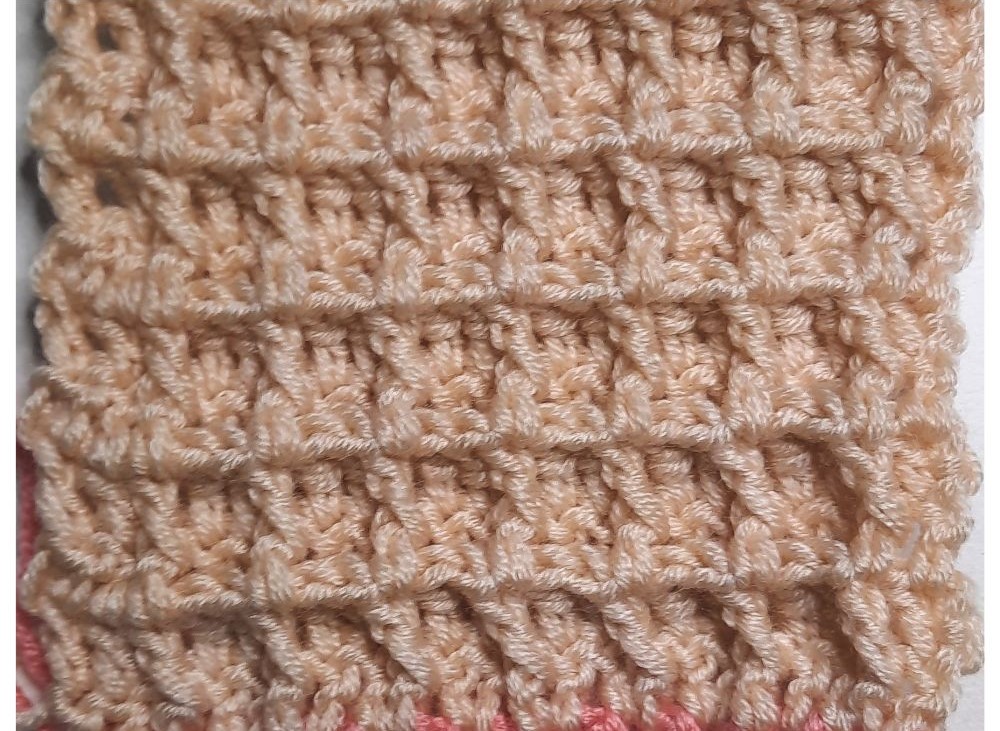
But I also find that a gauge swatch can be used in many other ways:
- Does the stitch and yarn look good together? Not all yarns will suit every stitch. For example with intricate patterns with texture, variegated yarns can actually hide the pattern, or the fibre won’t drape well for the pattern. In my early years of crocheting I started many garments only to find out half way through that the pattern wasn’t showing up as well as I had hoped in the yarn I chose.
- Do you like working that stitch? Some stitches look pretty, but as you sit down to crochet them you may find you don’t actually like doing it – it may be boring, or won’t work all the time, can be hard on your hands or the yarn doesn’t work well with the stitch making it difficult to do.
- The yarn you’ve chosen may feel right when you feel it betwen your fingers on the ball, but you won’t really know how it feels against other parts of the skin until it is made up. Use your swatch of fabric to lay against parts of the skin your finished project will touch to see how feels there – eg if you are making a cowl or turtle-neck jumper, lay your swatch around your neck for a while to see how it feels – is it soft enough, does it make you itch? I’ve also found fibres affect people differently when they work with them – for example I recently had a client try a new merino/acrylic blend (she had always been a cotton or acrylic person). She loved the feel of it when she was looking in the shop and feeling our samples – but when she started crocheting with it she came out in a rash discovering she was allergic to it.
- Check the drape or laciness of the fabric to see if it meets your expectations.
- If you’ve never used the yarn before you can wash the swatch to see how it washes up – does it shrink, lose its colour or stitch definition?
How do I make a gauge swatch?
A gauge swatch is simply a small square made using the pattern/stitches used in the pattern. There are two elements to a gauge swatch – the stitch count and the row count. Most patterns will give you the gauge or tension swatch as a measure of the number of stitches per cm/inch, the number of rows per cm/inch, and in which pattern to measure this. Some patterns may ask you to do your gauge swatch in several stitches, particularly where there is ribbing involved. This can be done in one swatch.
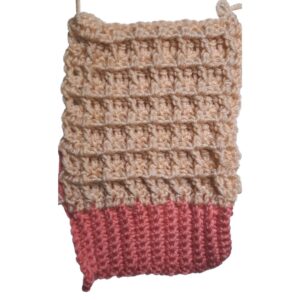 When making your swatch, always make the square larger than that required to be measured. This is because the ends can be distorted. Therefore if the pattern is asking for 20 stitches in your measurement, make the square at least 25 stitches wide. If you really want to check the drape of the yarn with the pattern, make it bigger – say 15cm. Then when it is time to measure it, measure the middle 20 stitches. Similarly if it asks for 15 rows, do 20 rows, and measure the middle 15 rows.
When making your swatch, always make the square larger than that required to be measured. This is because the ends can be distorted. Therefore if the pattern is asking for 20 stitches in your measurement, make the square at least 25 stitches wide. If you really want to check the drape of the yarn with the pattern, make it bigger – say 15cm. Then when it is time to measure it, measure the middle 20 stitches. Similarly if it asks for 15 rows, do 20 rows, and measure the middle 15 rows.
When taking the measurements it is important to lay your square flat and block it – particularly when using cotton or if your ends are curling, and you will be blocking the finished project. But don’t stretch it!
Then simply lay your tape measure across the stitches. Mark out the beginning and end of your measurements – I often use a pin to do this – and count the stitches or rows between the markers. There are also some gauge tools to help with this. In the image below there are 20 stitches between 0 and 10cm. Compare this to the required number of stitches per the pattern requirements.
What do I do if the Stitch Count is different?
Don’t panic and don’t unpull your swatch! Put a marker here then continue your swatch in a different hook based on the guidance below.
If you have more stitches in your swatch than the pattern calls for, this means you crochet tighter than the designer. You can increase the size of your hook to make your stitches bigger (looser) and/or you could use a thicker yarn.
If you have less stitches in your swatch than the pattern calls for, this means you crochet looser than the designer. You can decrease the size of your hook to make your stitches smaller (tighter) and/or you could use a thinner yarn.
What about the Row Count?
Measure the rows in the same manner as you did for the number of stitches. In the image below there are 12 rows between 0 and 10cm.
However, any differences here between your swatch and the what the pattern requires is generally not related to hook size, but more the way you crochet. So once you’ve got the stitch count sorted, then focus on the row count.
If you find you have less rows than the pattern calls for, you need to lengthen your stitch. This means that when you pull a loop through the top of the stitch, stretch this loop up before you proceed to finish the stitch.
If you find you have more rows than the pattern calls for, you need to shorten your stitch. This means that when you pull a loop through the top of the stitch, pull the yarn tighter on your hook before you proceed to finish the stitch.
See the image below which illustrates the loop you are focusing on.